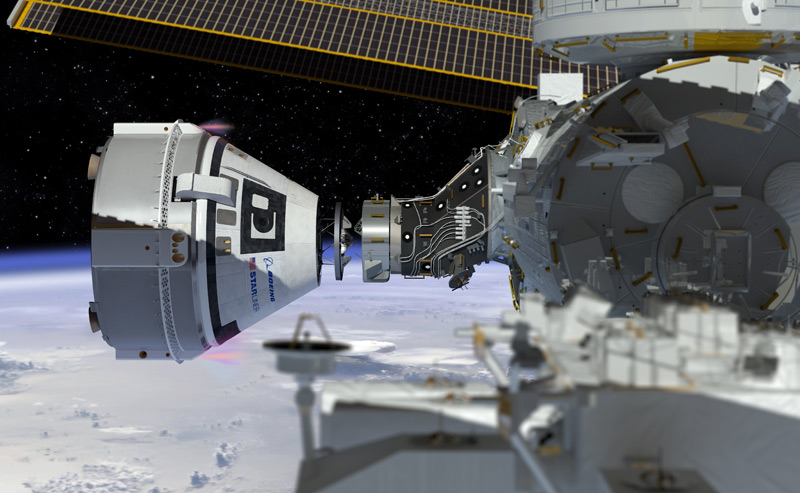
Boeing's Starliner CST 100 – aka the Calamity Capsule – continues to remain firmly wedded to Earth as engineers work to resolve a problem with valves in the spacecraft's thruster systems.
The valves, which connect to thrusters used for aborts and manoeuvring in orbit, didn't open as designed during the 3 August launch attempt, resulting in an unscheduled trip to United Launch Alliance's Vertical Integration Facility (VIF) near Space Launch Complex (SLC) 41 at Cape Canaveral Space Force Station.
The worst-case scenario would require the de-stacking of the Starliner from its Atlas V carrier rocket, effectively killing off any hope of launching Boeing's second crack at a demonstration mission of its crew capsule to the International Space Station (ISS) in the near future.
Its previous effort made an early return to Earth in 2019 after a succession of failures meant the uncrewed capsule did not trouble the ISS and landed considerably earlier than planned. NASA had been a little too focused on making sure new kid SpaceX did everything right, and assumed Boeing knew what it was doing.
There is, therefore, more than just the Calamity Capsule riding on this mission. Boeing's hopes of demonstrating its competence in such matters is up there too, which makes the valve problem all the more awkward.
In an update last night, NASA confirmed that Boeing had been able to command seven of the 13 valves open that were previously closed. Engineers have been able to connect to the Starliner to command the vehicle and have been "applying mechanical, electrical and thermal techniques to prompt the valves to open."
No, we can't shake the image of an engineer with a hammer and blow torch either. The tweet below indicates that a desperate thwacking with a mallet is not, however, taking place.
#Starliner teams restored functionality to more propulsion system valves this weekend. Work continues at the @ulalaunch Vertical Integration Facility on the remaining affected valves.
Learn more and get updates on the team’s progress: https://t.co/HsH3wz5Qfb pic.twitter.com/WhRDiK8aCi
— Boeing Space (@BoeingSpace) August 9, 2021
The challenge now is to get the rest of the valves open and demonstrate the process can be repeated before sending the stack back to the pad for the uncrewed Orbital Flight Test-2 mission.
Sadly, there is not a tremendous amount of wiggle room in the schedule. Tory Bruno, CEO of ULA, tweeted that the turnaround time for the Atlas V was 17 days. The next Atlas V launch from SLC-41 pad is a Space Test Program for the US Department of Defense in September followed by NASA's Lucy asteroid probe in October.
The latter has only a limited window for launch, and NASA confirmed that "any launch date options [for Starliner] would protect for the planetary window for the agency's Lucy mission – the first-ever mission to explore Trojan asteroids."
If the problem cannot be resolved in both a safe and timely fashion, there is every chance that the next flight of the Calamity Capsule could slip toward the end of the year, or even into 2022. ®
Article From & Read More ( Engineers work to open Boeing Starliner's valves as schedule pressures mount - The Register )https://ift.tt/3CBKUIB
Science
No comments:
Post a Comment